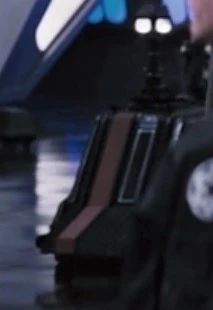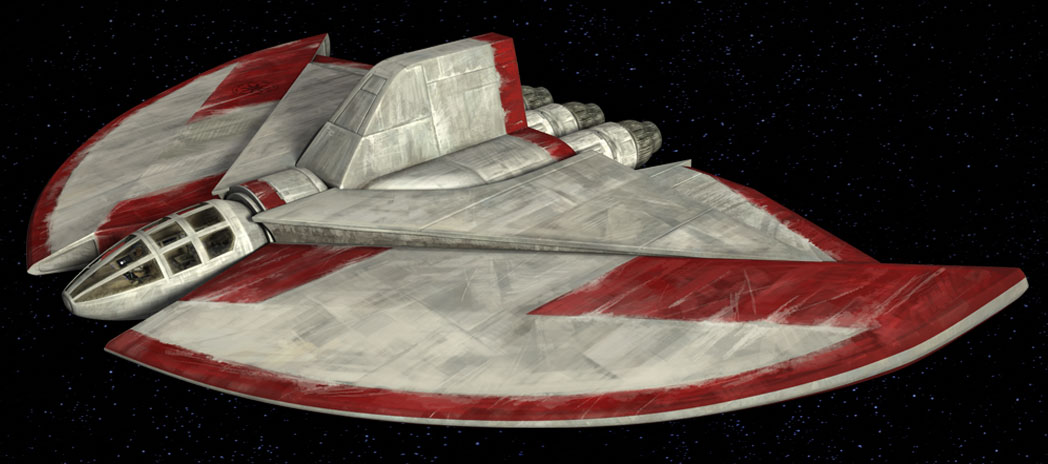Microdroid System
Model: Analytechnics Z44-Microdroid
Type: Microdroid
DEXTERITY 7D (Droid components: cannot manipulate, only maneuver while hovering)
KNOWLEDGE 1D
Structural Data Comprehension 3D
Structural Design 3D
MECHANICAL 0D
PERCEPTION 0D
Motion/Threat Recognition 7D
STRENGTH 0D
TECHNICAL 1D
Structural Integrity Analysis 3D
Equipped With:
1 photoreceptor (full range)
1 structural diagnosis sensor
1 structural resonance sensor
1 short range transmitter coded into base unit (20 meter range)
3 internal microrepulsor bands (+3D to rolls concerning movement in tight spaces [under 20cm])
radiation shielded body shell
acoustic signaler
Move: 3 in tight spaces (factory installed speed inhibition, Moderate Droid programming/repair roll to disengage), 15 in open air.
Size: 4 centimeters long, 1.5 centimeters in diameter
Availability: 2
Cost: 95 new, not readily available used
Model: Analytechnics Z44-Microdroid Base Unit
Type: Remote droid interface, control, and data display
Skill: Droid Programming/Repair
Cost: Model-A: 1,980 new; 980 used; Model-B: 3,600 new; 1,890 used
Availability: 2
Model: Analytechnics Z44-Microdroid Range extension unit
Type: dedicated signal range boosting device
Skill: Space Transports Repair, Capital Starship Repair, Walker Repair, Etc.
Cost: 95 new, 35 used (all used models sporadically malfunction leading to downed or "wandering aimlessly" microdroids)
Availability: 2
Game Notes: An Easy droid programming/repair roll is needed to connect the microdroids to the base unit for charging. When deployed, an Easy droid programming/repair roll is needed to direct the first microdroid's flight with +1D difficulty for each microdroid directly piloted. The data from each microdroid is displayed on the base unit's screen and a Search roll is determined by the gamemaster as to if the user sees anything in what the microdroids transmit. Each droid is outfitted with a rudimentary data suite designed around finding microfissures, and other non-visible anomalies, which will be flagged on the base unit's monitor. However, outside of this, it is up to the user to see and diagnose any problems.
Capsule: The Analytechnics Microdroid System is a diagnosis device designed for surveying primarily around and throughout the tight confines around a starship's engines and power core where otherwise a diagnostic might well involve partial dismantling of components in the area for anything larger to approach. It consists of a base unit and a number of tiny, remote, observation droids. In use, the droids are usually directed to patrol a specific area while the user watches the feeds from the base unit's screen but can be remotely piloted directly if need be. The droids send back data in full spectrum – allowing the user to sift through varying scans in the process of diagnosing possible faults.
The droids themselves are essentially little more than flying cameras with what little intelligence they have dedicated to evasion, maneuvering, and detecting microfissures. Due to their robust nature, they are usually not found used since they normally have but two variants in usability – functioning perfectly and useless, broken junk.
The base unit comes in two models – the Model-A and the Model-B. The model-A services and docks 3 microdroids. The Model-B services and docks 6 microdroids and features an extended series of standard dataports for downloading/uploading.
An extension unit is available to boost the range of the microdroids from the base unit. They are directly wired into the electrical system of a starship, usually every 10 meters, and are normally found on capital ships where the scanned components may themselves be larger than the microdroid's/base unit's 20 meter range. Each unit can extend the range of the microdroids an additional 10 meters from the extension unit.
Due to its small size, the Analytechnics Z44-Microdroid has been fitted with an a very simplistic acoustic signaler that emits a small ping every 5 seconds in an attempt to deter its use as a remote spying device. To disable the signaler, a Heroic Droid Programming/Repair roll is needed to open the droid's casing, then a Very Difficult Droid Programming/Repair is needed to disable the signaler itself, and finally a Difficult Droid Programming/Repair is needed to reassemble the droid – if any of these rolls are failed, the droid immediately breaks and is rendered totally inoperable.
|











